Warli paintings are made of geometric shapes such as triangles, circles, and squares. Each of these symbols symbolizes a different natural element that they see around them – the circle represents the life forces of the sun and moon, the triangles represent the trees and the mountains, however, the square is not a natural element but rather a human innovation. It represents the sacred enclosure within which the Warli is made. The broad themes of the Warli paintings are gods and goddesses, harvest season, fauna, and different rituals.
Chauk or Chaukhat
The central motif of each painting is the chauk or chaukhat. These chauks are of two types – dev chauk and lagna chauk. Since the Warli paintings are made by the tribals, depictions of male deities are rare, as they worship the mother goddesses and nature.
Lagna Chauk

This is used to symbolize Palaghata devi or Parghat devi, the mother goddess, and is a symbol of fertility and fraternity. She is also a symbol of creative energy. The depiction of Palaghat devi is an important part of the wedding rituals of the Warlis. It is believed that she would protect the new couple from evil spirits and bless them with fertility. She is often depicted surrounded by various symbols, such as the sun and moon to depict divine energies, musical instruments such as the tarpa to fill their lives with happiness, and the ladder as a symbol of agricultural fertility and growth. Beyond the Dev chauk, other elements include simple representations of their huts, humans performing different activities such as farming or dancing. It also includes depictions of different flora and fauna common to the region. The painting is generally made a day before the wedding by a married woman, also called suvansini.
Dev Chauk

Dev chauk is generally painted beside Lagna chauk, and it is part of a longer wedding tradition. It depicts pachsera deva, or the five-headed deity. He is the guardian of harvest and is depicted holding the Shat Gholkatti and riding a horse. He is often depicted with symbols of happiness, prosperity, and fertility, such as Himaidev, or the rice harvest, ghanghali, the musical instrument, and Hirvadev, the symbol of greenery. The motive behind depicting these elements is to harness and welcome good luck in the lives of the new couple.
Tarpa or Tarpa player

The Tarpa player is one of the most widely depicted image by the tribe. The tarpa is a trumpet-like instrument played by men. The villagers rejoice and dance around the tarpa player in clockwise and anticlockwise directions, always facing the tarpa. This is also considered a symbol of the snake charmer and snake. Another aspect of the tarpa dance is the symbolism depicting the circle of life – the continuity and longevity, for something that does not have a beginning or end.
Agricultural Warli
Being a primarily pastoral society, the Warli tribes paint the symbols of agricultural prosperity on the walls of their kitchens and granaries. It includes scenes of farmers working in their fields, tilling soil or sowing seeds, harvesting different crops such as rice or millets. It also includes other aspects of agricultural life such as threshing and winnowing of grains, as well as animal rearing and animal husbandry.

The elements in the Warli paintings pay equal attention to all elements of the paintings, which is why even ants and horses are often painted of the same size. The elements are made with the prospect of promoting fertility, warding off diseases and evil spirits, and obtaining the blessings of the dead. They believe in the power of nature to bless them with prosperity.
Further reads:
-
Rao, Mrutyunjaya. “WARLI PAINTING: AESTHETICS OF INDIGENOUS ART FORM OF INDIA.” ShodhKosh: Journal of Visual and Performing Arts 3, no. 2 (n.d.): 207–15. doi:10.29121/SHODHKOSH.V3.I2.2022.156.
-
Dalmia, Yashodhara. The Painted World of the Warlis: Art and Ritual of the WarliTribes of Maharashtra. New Delhi: Lalit Kala Akademi, 1988. Print.
-
Insights from the artist – Dilip Bahotha


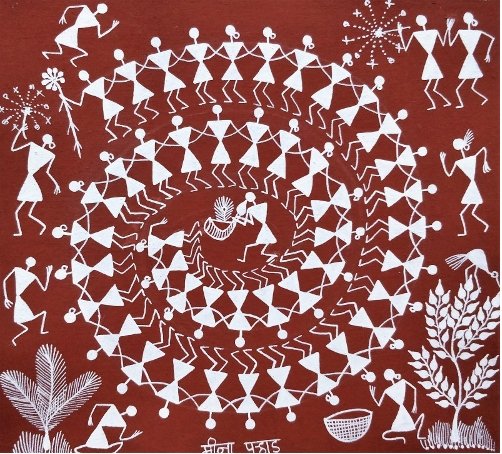










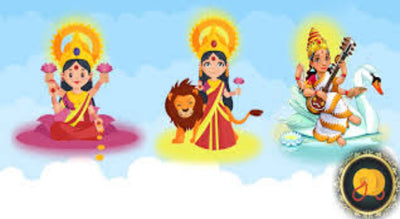
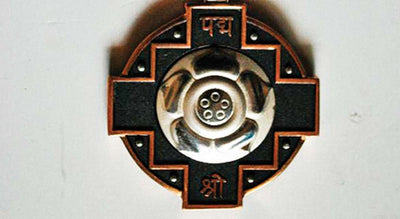
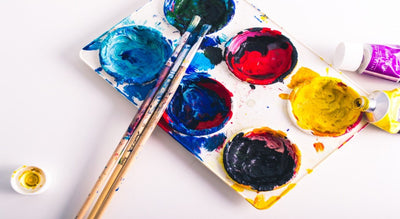
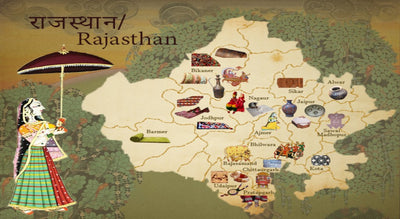
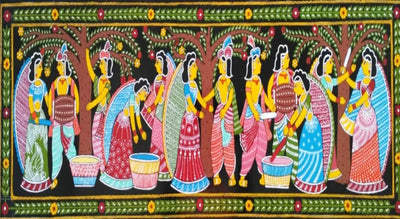
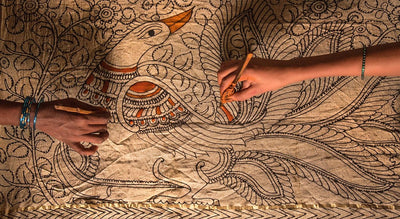




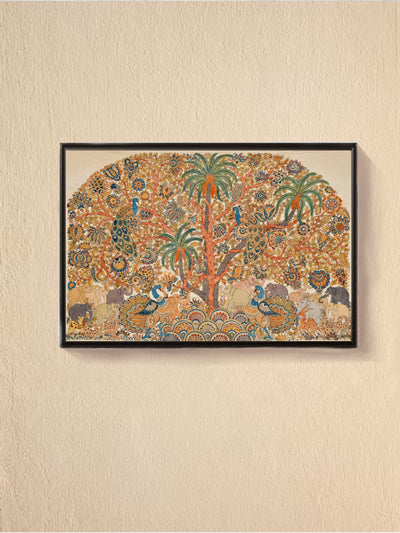







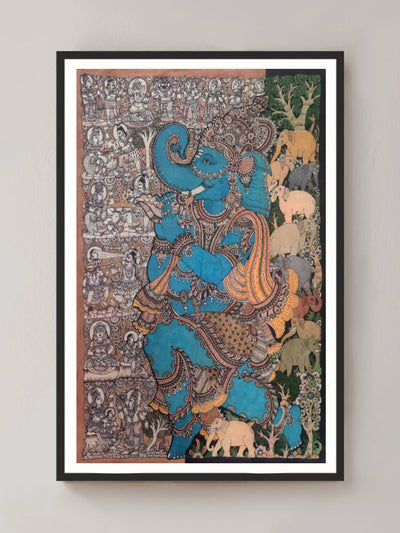








Amazingly said. Guys there is one OTT platform to learn easily these artworks. And under one single account you can access hundreads of art courses. Name is Artattack By penkraft and here is a link: https://www.penkraft.in/ArtAttack/ there is having nominal subscription fee.
Amazingly said. Guys there is one OTT platform to learn easily these artworks. And under one single account you can access hundreads of art courses. Name is Artattack By penkraft and here is a link: https://www.penkraft.in/ArtAttack/ there is having nominal subscription fee.